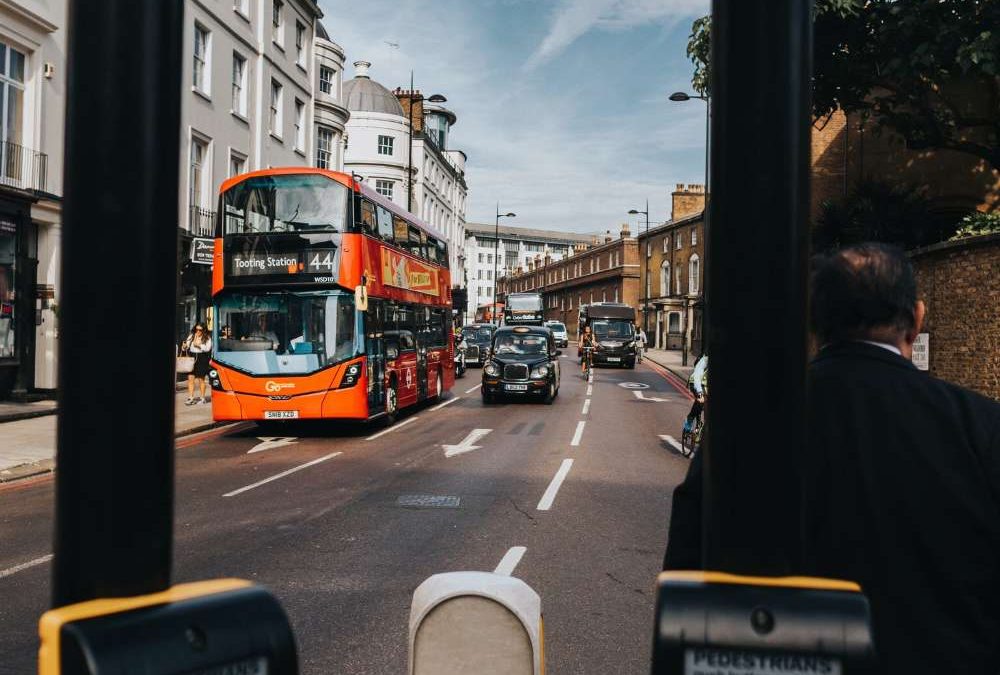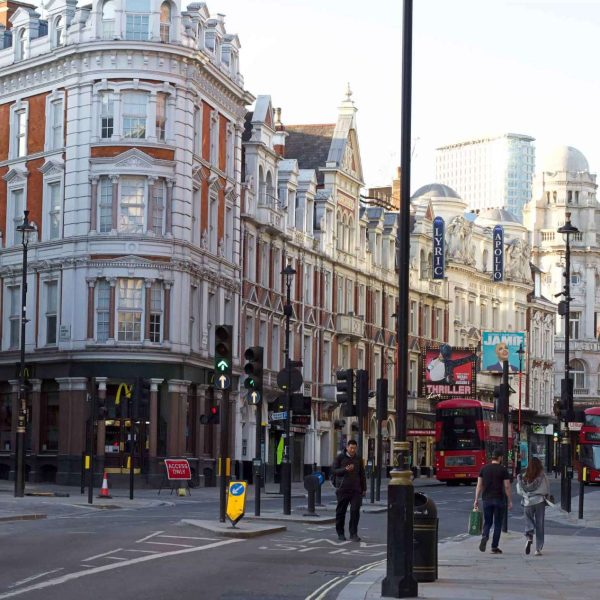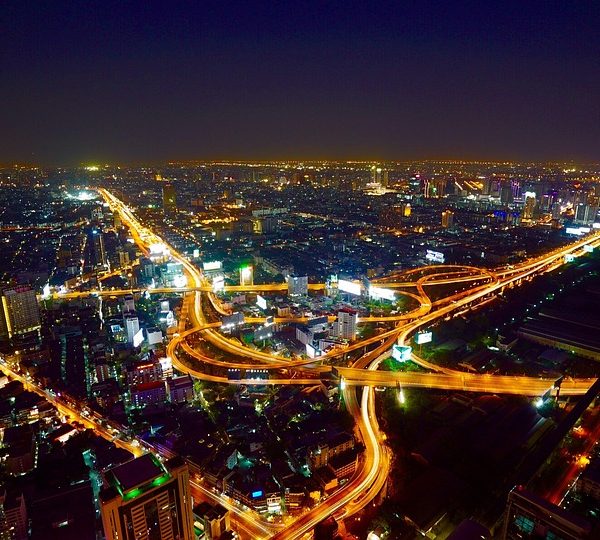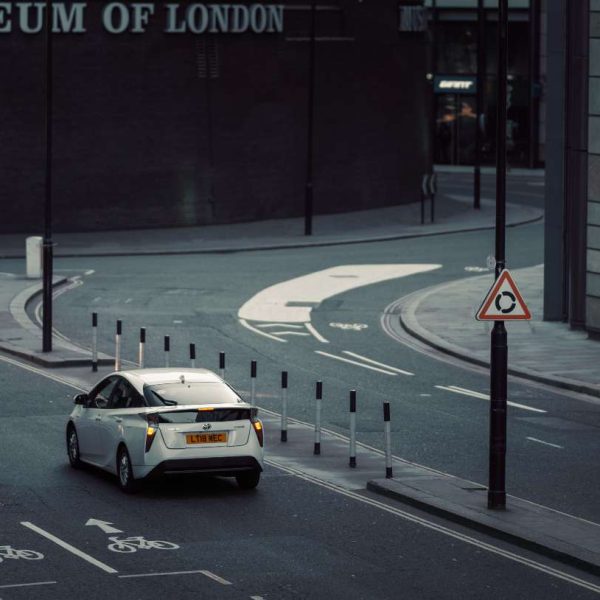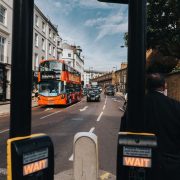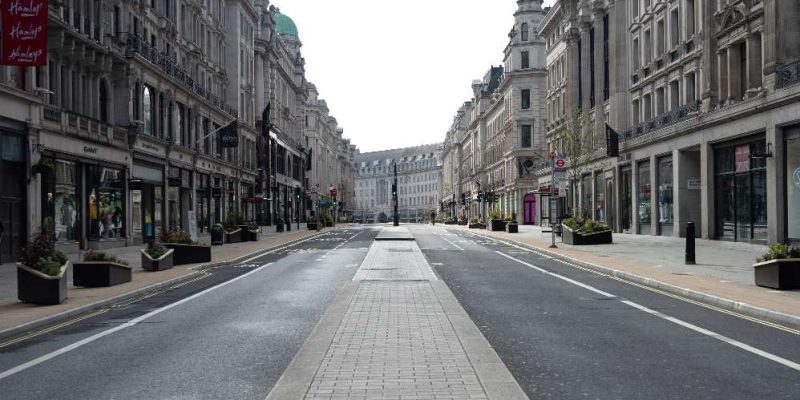
Traffic Islands Make City Streets Safer for Drivers
Traffic islands are an integral component of urban infrastructure that holds significant importance in ensuring the safety of drivers and pedestrians alike.
Positioned strategically at intersections, these islands serve the purpose of separating traffic lanes and providing a secure crossing area for pedestrians.
Typically constructed using sturdy materials such as concrete or asphalt, traffic islands are often adorned with vibrant colors to enhance visibility for drivers. Positioned in the middle of the road, they act as physical barriers, effectively separating the two lanes of traffic. This not only reduces the risk of head-on collisions but also mitigates various other types of accidents.
One of the major benefits of traffic islands is their ability to help control the speed of vehicles. By creating a physical divide between lanes, drivers are compelled to slow down as they maneuver around these islands. Consequently, this proactive measure reduces the likelihood of accidents and mitigates the severity of any potential collisions.
In addition to promoting driver safety, traffic islands also provide a designated space for pedestrians to safely cross the street. Shielded by the physical barrier, pedestrians can traverse the road without fear of being struck by vehicles. This significantly reduces the incidence of pedestrian-related accidents and minimizes the severity of any mishaps that may occur.
Noise pollution, often associated with the constant flow of traffic, is another area where traffic islands make a positive impact. The presence of these islands acts as another form of sound insulation, dampening the noise generated by passing vehicles. As a result, both drivers and pedestrians experience a reduction in noise pollution, contributing to a more serene and pleasant urban environment.
Aside from their functional benefits, traffic islands also serve an aesthetic purpose. By introducing a physical barrier between traffic lanes, these islands contribute to a more organized and visually appealing street layout. This aesthetically pleasing aspect has the potential to attract more visitors to the city, thereby driving economic growth and development.
Traffic islands play a crucial role in urban infrastructure by prioritizing road safety, enhancing pedestrian protection, mitigating noise pollution, and improving the overall appearance of city streets. These islands act as a physical barrier that reduces the risk of accidents and slows down traffic, ensuring the well-being of both drivers and pedestrians. Moreover, their inclusion contributes to urban aesthetics, attracting visitors and generating economic activity. Given their numerous benefits, the incorporation of traffic islands must be a fundamental consideration when designing city streets.



